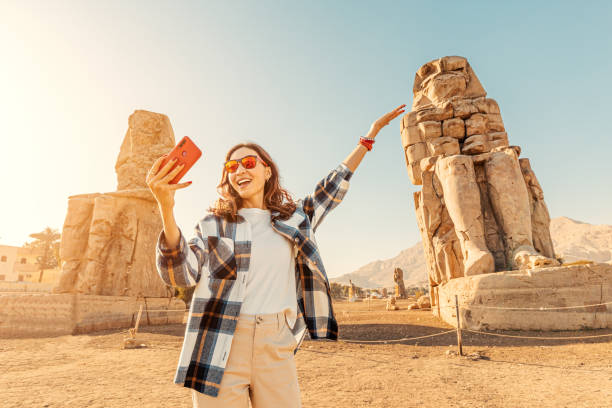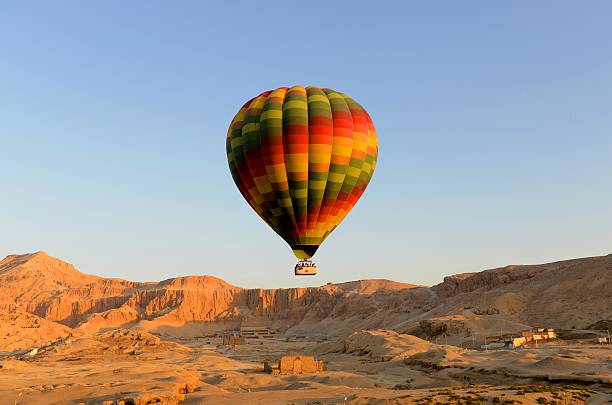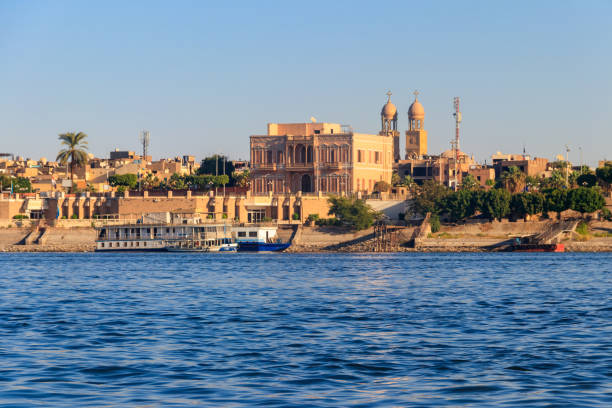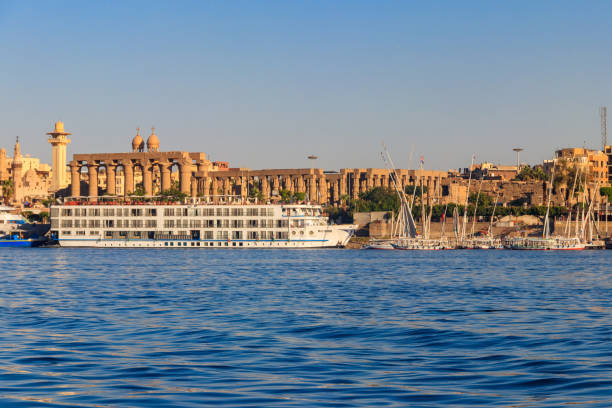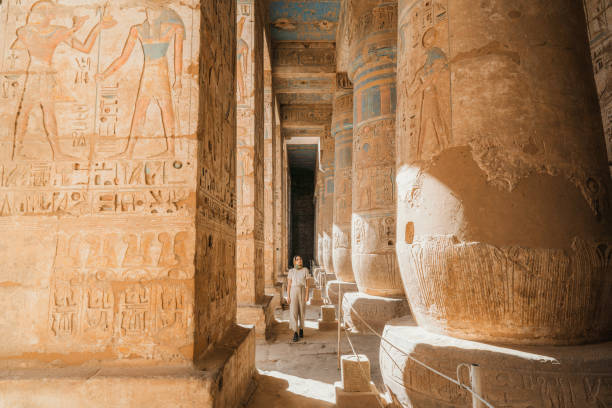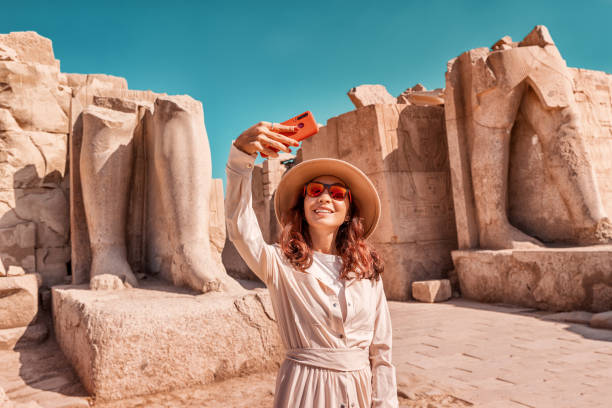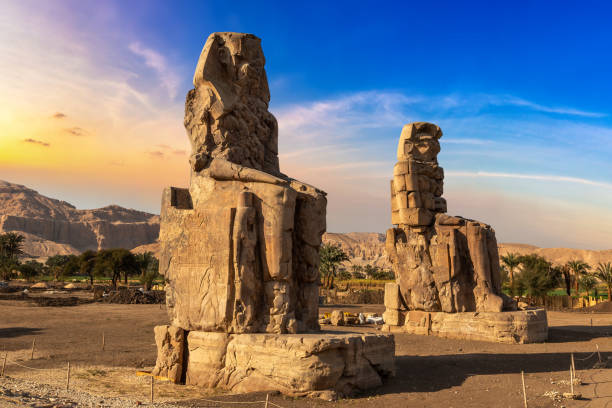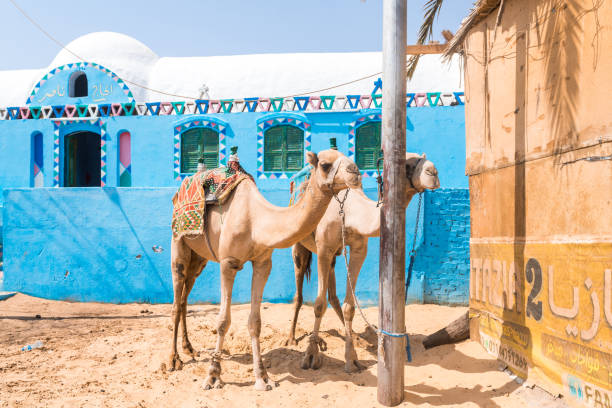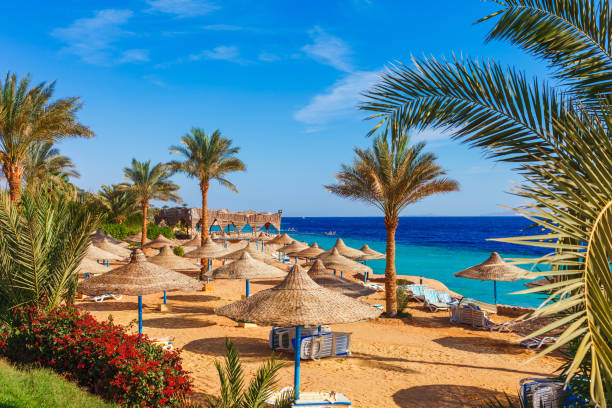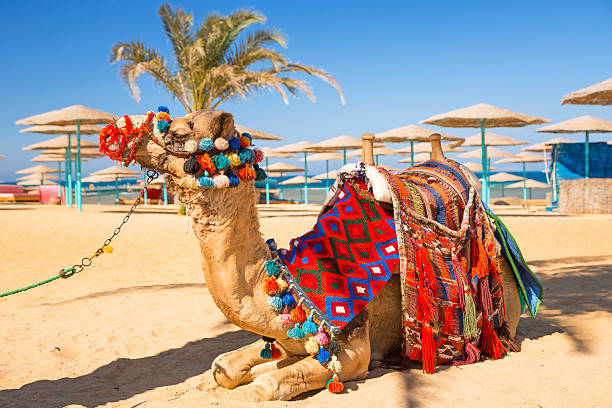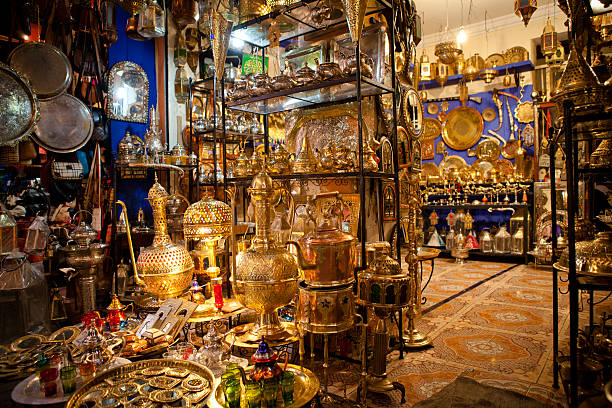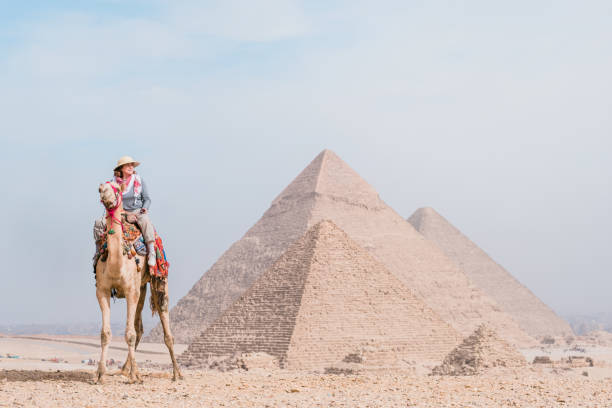Overview
Luxor is a city located in Upper Egypt and is often referred to as the “world’s greatest open-air museum” due to its rich history and abundance of archaeological sites. Here are some key points about Luxor:
Historical Significance: Luxor was the ancient city of Thebes, the capital of Egypt during the New Kingdom period (1550–1070 BCE), and served as the religious and political center of the civilization for centuries.
Archaeological Sites: Luxor is home to numerous ancient monuments and ruins, including the Karnak Temple Complex, the Luxor Temple, the Valley of the Kings, the Valley of the Queens, and the Mortuary Temple of Hatshepsut (Deir el-Bahari), among others.
Karnak Temple Complex: This vast temple complex is one of the largest religious sites in the world and was dedicated primarily to the god Amun. It features massive columns, chapels, pylons, and obelisks.
Luxor Temple: Situated on the east bank of the Nile, Luxor Temple is another impressive ancient structure dedicated to the Theban Triad of Amun, Mut, and Khonsu.
Valley of the Kings and Valley of the Queens: These valleys on the west bank of the Nile are burial grounds for pharaohs and queens of the New Kingdom. They are famous for the discovery of the tomb of Tutankhamun (King Tut) in 1922.
Tourism: Luxor is a major tourist destination in Egypt, attracting millions of visitors each year who come to explore its ancient wonders and learn about Egyptian history and culture.
Nile River: Luxor is situated along the banks of the Nile River, which has historically been vital for transportation, agriculture, and trade in the region.
Modern Luxor: In addition to its historical attractions, Luxor also has modern amenities such as hotels, restaurants, and markets catering to tourists.
Overall, Luxor is a captivating destination that offers a unique blend of ancient history, archaeology, and modern Egyptian culture.

